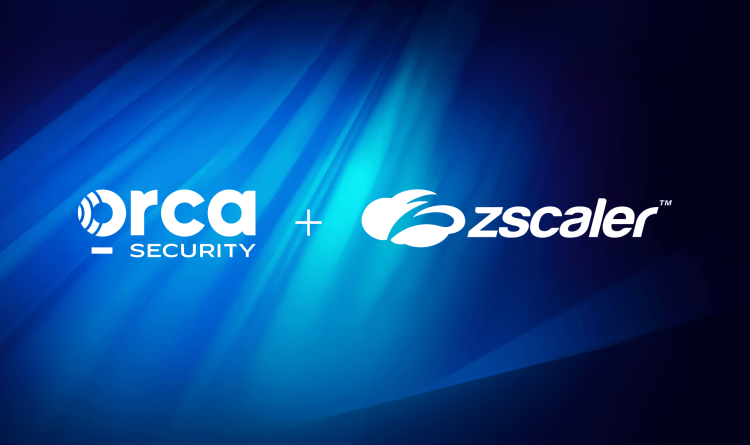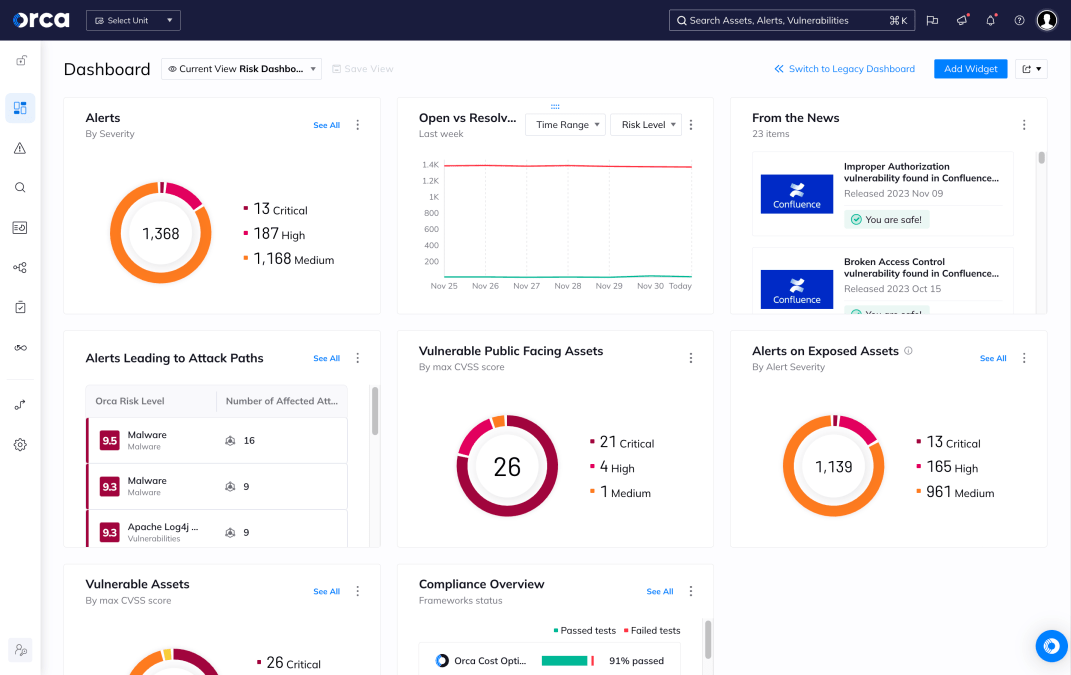The General Data Protection Regulation (GDPR) is a comprehensive data protection law enacted by the European Union in 2018. It governs how organizations collect, process, store, and transfer personal data of EU residents. GDPR introduced a unified legal framework for privacy rights, consent management, data handling transparency, and accountability, fundamentally changing how businesses manage personal data. In cloud environments, GDPR compliance significantly influences infrastructure design and security practices, requiring continuous data protection across distributed systems and services.
Why is it important?
GDPR represents a critical global standard for privacy and data protection. Non-compliance can result in fines of up to €20 million or 4% of annual global turnover, whichever is greater. More importantly, GDPR compliance has become a business necessity to build and maintain trust with customers and partners.
In cloud security, GDPR has elevated the importance of:
- Data governance: Organizations must understand where personal data resides and how it’s processed.
- Risk management: Continuous assessment and mitigation of data-related risks are required.
- Privacy by design and by default: Security and privacy considerations must be embedded into system design and default configurations.
- Regulatory alignment: GDPR compliance supports other frameworks like ISO 27001 and NIST privacy guidance.
GDPR also mandates that organizations demonstrate accountability, meaning they must not only comply but also prove compliance through documentation, audits, and continuous monitoring.
How does it work?
GDPR is built on several key principles:
- Lawfulness, fairness, and transparency: Organizations must be transparent about data collection and provide legal justification for processing.
- Purpose limitation: Data must only be used for specified, legitimate purposes.
- Data minimization: Only the minimum necessary data should be collected and retained.
- Accuracy: Data must be kept accurate and up to date.
- Storage limitation: Personal data must not be retained longer than necessary.
- Integrity and confidentiality: Data must be protected through appropriate security controls.
- Accountability: Organizations must demonstrate their compliance.
GDPR also defines roles:
- Data controllers determine the purposes and means of processing.
- Data processors act on behalf of controllers to process data.
In cloud environments, this distinction is important. A cloud service provider typically acts as a processor, while the organization remains the controller. Both parties share responsibility under GDPR.
Breach notification is another key requirement. Organizations must report qualifying data breaches to supervisory authorities within 72 hours and, in some cases, to affected individuals.
Security risks and challenges
GDPR compliance in the cloud presents several challenges:
- Data localization: Organizations must ensure data remains within approved jurisdictions or apply safeguards like Standard Contractual Clauses for transfers.
- Data flow visibility: Complex cloud architectures make it difficult to track where personal data lives or how it moves.
- Shadow IT: Unmanaged cloud services can lead to unmonitored personal data usage.
- Right to erasure: Complying with data deletion requests requires locating and deleting data across distributed systems.
- Third-party risks: Cloud providers and sub-processors must also be GDPR-compliant.
- Overlapping regulatory obligations: GDPR must be managed alongside HIPAA, CCPA, and other frameworks.
Organizations must align privacy goals with business needs, such as analytics and threat detection, while maintaining compliance.
Best practices and mitigation strategies
To ensure GDPR compliance in the cloud, organizations should implement the following best practices:
- Data discovery and classification: Use automated tools to identify personal data across structured and unstructured sources.
- Access controls: Apply least-privilege access and role-based permissions to minimize risk.
- Encryption: Encrypt data at rest and in transit using strong cryptographic standards.
- Data retention policies: Establish retention schedules and automate secure deletion processes.
- Audit logging: Maintain detailed logs of data access, changes, and transfers to support compliance audits.
- Vendor risk management: Evaluate cloud providers for GDPR alignment and require Data Processing Agreements (DPAs).
- Privacy impact assessments (PIAs): Conduct PIAs before introducing new data processing technologies or services.
- Incident response planning: Ensure you can meet 72-hour breach notification deadlines with tested response procedures.
- Privacy-enhancing technologies: Where appropriate, consider differential privacy, pseudonymization, or secure computation.
How Orca Security helps
The Orca Cloud Security Platform enables organizations to meet GDPR requirements across cloud environments by providing:
- Data Security Posture Management: Identifies and classifies personal data in cloud storage, databases, and services.
- Visibility into misconfigurations: Detects open storage buckets, overly permissive IAM roles, and other exposures that may violate GDPR.
- Risk prioritization: Highlights the most critical privacy risks based on business impact and regulatory relevance.
- Audit and compliance reporting: Provides detailed records and dashboards to support GDPR documentation and audits.
- Continuous monitoring: Tracks data security posture across multi-cloud environments to detect drift and maintain alignment with GDPR controls.
- Integration with workflows: Supports response and remediation through integrations with ticketing and orchestration tools.
These capabilities help organizations reduce privacy risk, demonstrate accountability, and maintain trust while accelerating secure cloud adoption.



